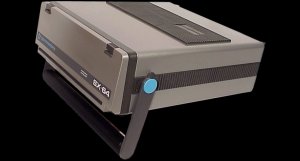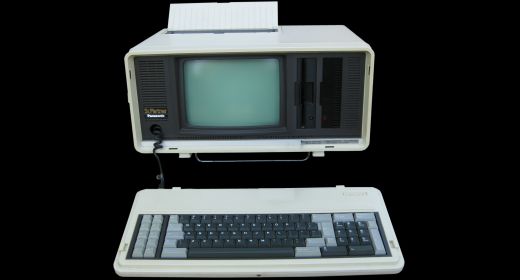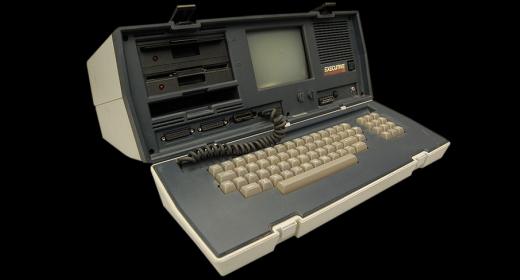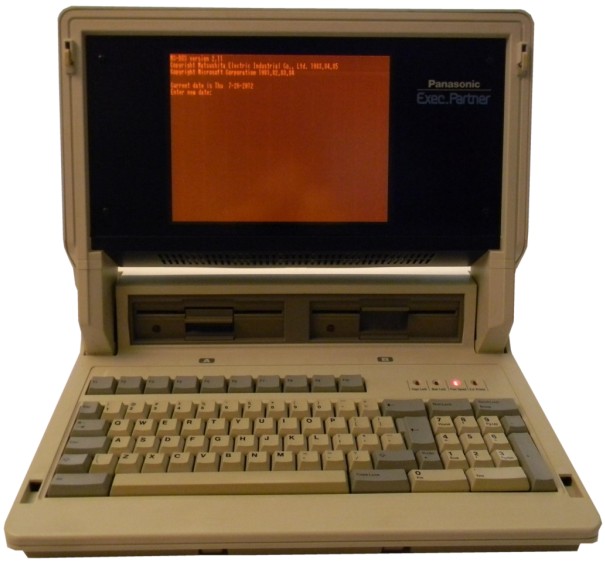
The Panasonic Executive Partner definitely looks like a product designed by someone with a vision of a laptop. It had the layout of what would be a very large laptop of today. It was not that light, and weighed in at 28 pounds. But this computer had one extra addition, an internal printer. The display was of a different composition than many computers that bore this physical format.

The Panasonic Executive Partner was the second effort on the part of Panasonic to get a portable computer out on the market. The Senior Partner had been released earlier. The newer Executive had a light emitting plasma display that cut down on the weight from the first model. The red and orange colors that the display put out were probably good for those who did a lot of computing at night. It turned out to be a good machine for those who needed portability and a printer at the same time. It was able to hook up to IBM products and to run some of the popular software of the day. The magazine “Infoworld” rated it an average computer to own. They complained that setting up the Panasonic Executive Partner was an effort that needed “three hands”. Software was scarce with the purchase of this computer. It bore a white and light blue color scheme, externally. The eleven inch screen was not the size of the display. The black border of the screen was around 40 percent of the size of the total screen. A carrying case was optional.
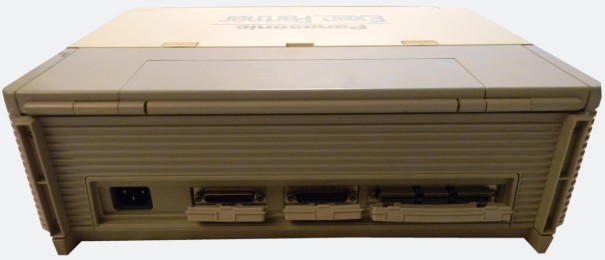
The internal workings of the Panasonic Executive Partner were controlled by a 8086-2 microprocessor. It could be run in two modes, a fast and a slow mode. The slower mode would match up with the speed of an IBM PC. The faster mode was 7.16 megahertz and was around twice as fast as an IBM PC. A light on the keyboard would show if the mode was fast or slow. The processor was accompanied by 256 kilobytes of random access memory ( RAM ). It was expandable to 640 kilobytes, but all the memory chips needed to be replaced.
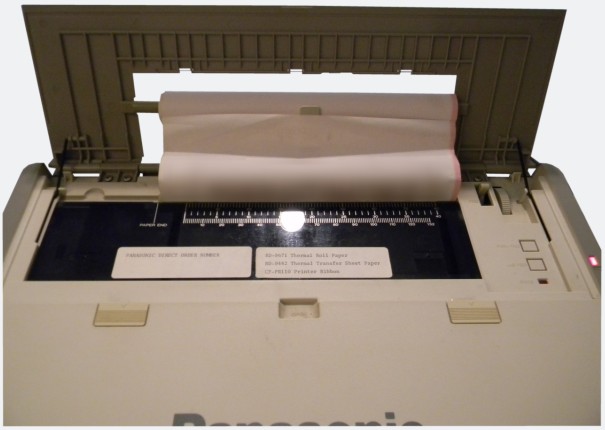
The two horizontally mounted floppy drive storage units were sized at 5.25 inches. The screen itself was a unique adaptation of neon gas that was sandwiched between two glass panels. Panasonic claimed that this display would last four times longer than liquid crystal displays. The screen did not flicker. The connectors for the Panasonic Executive Partner consisted of serial and parallel ports and a standard 62-pin expansion slot that was IBM compatible. An extra external printer could be attached with one of the serial or parallel ports.
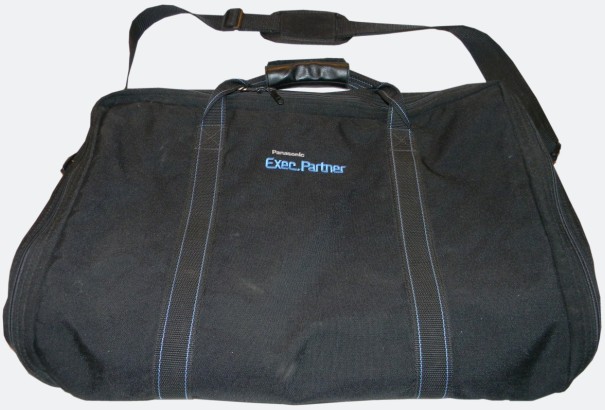
The software that the Panasonic Executive Partner used would be based on the MS DOS 2.1 operating system. They would be things like Wordstar, Dbase II, and Lotus 1-2-3. Reviewers of the day were surprised that the Executive Partner would run Dbase version III, since it was using the Prolok method of copy protection. Prolok depended on hardware compatibility to work correctly. This computer could run it with a few problems. The Dbase III would only run in slow mode. That was not the only bad point. The software would not run at all in fast mode. When the reviewers tried to get the program to re-start in slow mode, as before, it refused to run. They could not get it to run even if they restarted the Executive Partner.
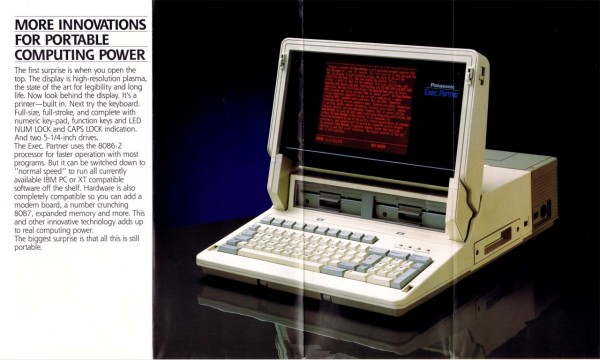
The printer would work well, once it was finally set up. A problem was that the printer could not handle large jobs because the paper would jam. The manual that was included with the Panasonic Executive Partner computer was full of information that allowed even a novice computer user to take command of their machine. The computer was priced at $2,595 and was not considered a good buy for the price.
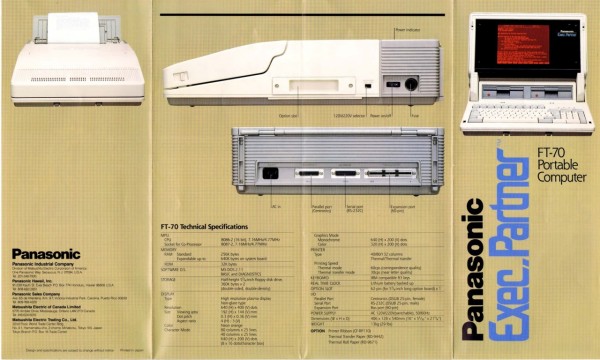
The Panasonic Executive Partner portable computer definitely has its place in the lineage of laptop history. They are not uncommon and can be found for sale occasionally. While not extremely popular among collectors they do have some demand. I’ve seen them in good working condition for upwards of $1000.00 but that is just an asking price. I haven’t seen any sell recently though I know of one that didn’t sell for $399.00. So, I would guess they are valued at somewhat less then that amount. We’ll see. I’m sure one will come up on auction in the future and I will update this post to reflect the value.
